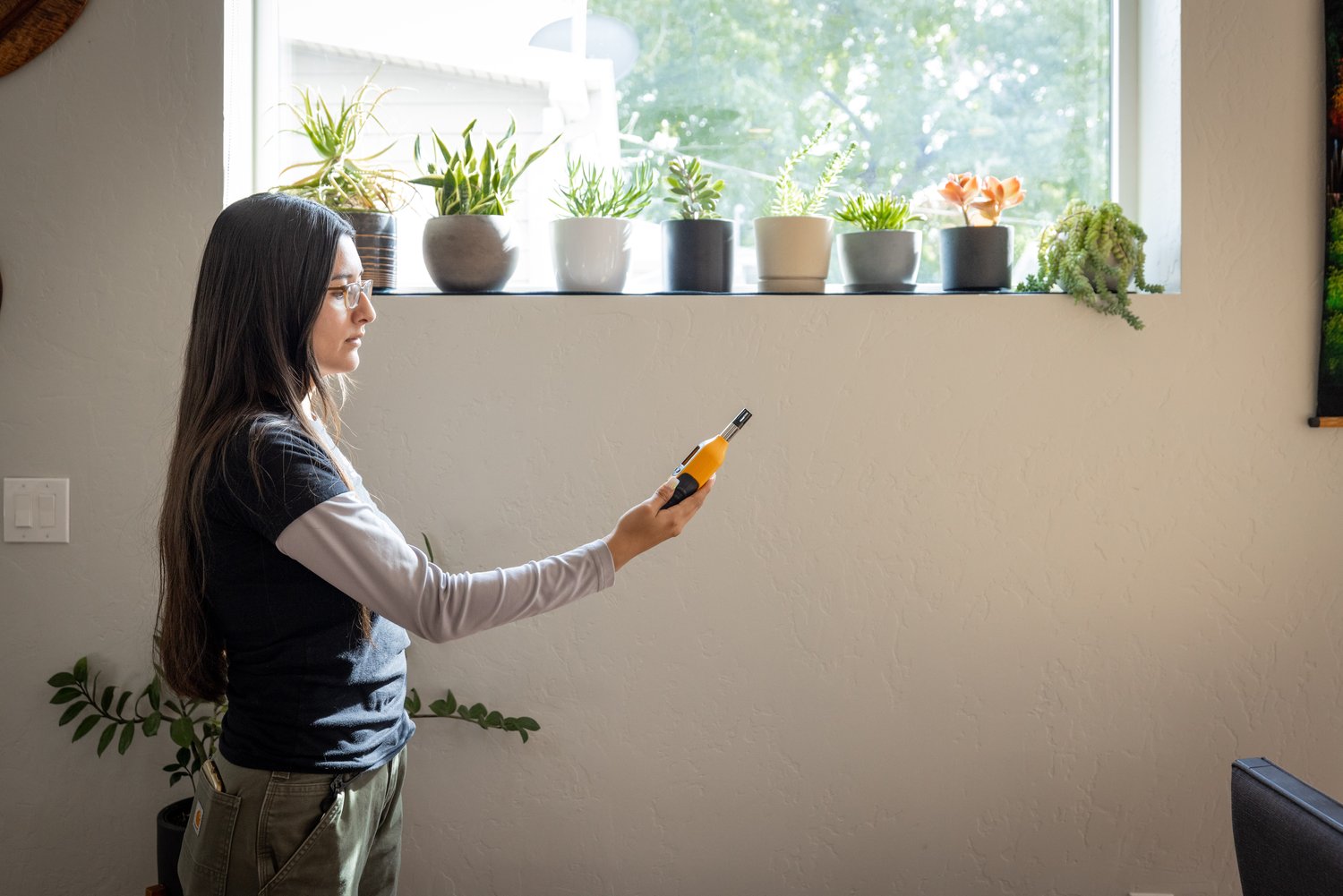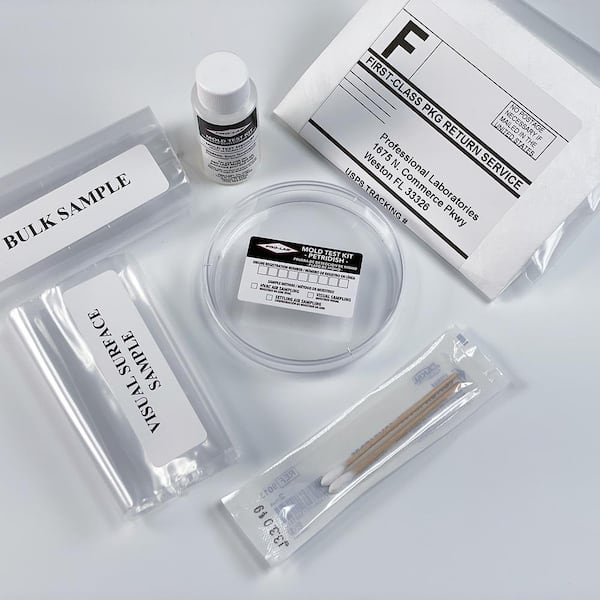Mycotoxin testing Services: Guaranteeing Quality and Safety in Your Supply Chain
Mycotoxin testing Services: Guaranteeing Quality and Safety in Your Supply Chain
Blog Article
Just How Mycotoxin Screening Assists Protect Against Contamination and Secure Food Products

Mycotoxin testing is an indispensable method in the food sector, working as a frontline defense against contamination by harmful contaminants generated by molds. Via the application of innovative methods like High-Performance Fluid Chromatography (HPLC) and Fluid Chromatography-Mass Spectrometry (LC-MS), food producers can precisely measure and identify mycotoxin degrees in farming products. This positive strategy not only makes certain conformity with strict safety and security policies however likewise minimizes wellness threats to consumers. Normal screening strengthens brand credibility and economic health by lowering contamination-related cases. Exactly how precisely do these screening protocols integrate right into the broader food safety and security approach?
Comprehending Mycotoxins
Comprehending mycotoxins starts with recognizing that they are harmful additional metabolites produced by certain mold and mildews, which can contaminate farming products. These metabolites are not crucial for the development or reproduction of the fungis but can have extreme effects for animal and human health. Mycotoxins are typically located in staple plants such as corn, wheat, barley, and nuts, where they can proliferate under specific problems of wetness and temperature.
There are a number of types of mycotoxins, each created by various fungal varieties. Aflatoxins, created by Aspergillus varieties, are among one of the most well-known, understood for their carcinogenic residential or commercial properties. An additional substantial team consists of ochratoxins, created by Aspergillus and Penicillium types, which have nephrotoxic effects. Fusarium varieties create trichothecenes and fumonisins, both of which are related to different acute and chronic wellness problems.

Threats of Mycotoxin Contamination
The risks of mycotoxin contamination are complex, posing significant risks to both food security and public health. Mycotoxins, poisonous substances generated by certain sorts of fungi, can infect a variety of farming items consisting of grains, nuts, flavors, dried fruits, and coffee. As soon as these toxins infiltrate the food supply, they can lead to serious wellness concerns such as liver damages, kidney failure, and also cancer cells. Vulnerable populaces, including children, the elderly, and immunocompromised people, are specifically in jeopardy.
Economic impacts are an additional major issue. Contaminated plants can result in considerable economic losses for farmers and food producers as a result of decreased returns and the requirement for pricey decontamination measures. Furthermore, global profession can be significantly hindered as countries enforce stringent mycotoxin guidelines to secure their populations, leading to rejected deliveries and stretched profession relationships.
Ecological elements such as climate change aggravate the danger of mycotoxin contamination. Variations in temperature and moisture can create favorable conditions for fungal growth, boosting the likelihood of contamination events. Therefore, understanding and reducing these dangers are critical for guaranteeing the security and stability of international food supplies.
Methods of Mycotoxin Checking
Properly recognizing mycotoxin contamination in agricultural items is important for guarding public health and preserving food safety and security requirements. Various approaches are utilized to identify and measure mycotoxins, each offering particular benefits and limitations.
High-Performance Fluid Chromatography (HPLC) is a commonly used technique because of its high sensitivity and precision. It entails dividing mycotoxins from various other compounds in an example, enabling precise metrology. Liquid Chromatography-Mass Spectrometry (LC-MS) incorporates fluid chromatography with mass spectrometry to give detailed molecular info, making it specifically beneficial for identifying multiple mycotoxins simultaneously.

Gas Chromatography-Mass Spectrometry (GC-MS) and Thin-Layer Chromatography (TLC) are likewise utilized, each with unique applications. GC-MS is reliable for unstable mycotoxins, while TLC supplies an easier, affordable alternative for initial screening.
Benefits of Regular Testing
Normal testing for mycotoxins in farming items uses numerous advantages, considerably adding to public health and wellness and food safety and security. By determining more contamination early, regular testing assists protect against the distribution of toxic foods, therefore minimizing the threat of mycotoxin-related diseases among consumers. This aggressive technique not just safeguards human health yet also improves the general top quality of food materials.
Consistent testing additionally supports regulative compliance. Different nations and regions have established strict limitations for mycotoxin levels in food and feed. Complying with these limits with regular testing guarantees that suppliers and manufacturers fulfill lawful standards, therefore staying clear of charges and profession obstacles. Preserving compliance cultivates customer count on and brand reputation, which are important for market success.
Additionally, routine mycotoxin screening can bring about considerable financial benefits. Early detection of contamination enables timely treatment, reducing possible losses from check out this site widespread contamination. Applying regular testing methods can additionally reduce recall prices and related liabilities, which can be monetarily devastating.
Furthermore, routine screening offers useful data that can notify far better farming techniques and storage conditions. By understanding patterns of contamination, producers can embrace safety nets, consequently adding and lowering future dangers to the sustainability of the food supply chain.
Applying Testing Methods
Executing reliable mycotoxin testing procedures is critical for making certain the security and top quality of agricultural items. Each stage must be looked at to identify where mycotoxin contamination is most likely to occur.
As soon as important control factors are determined, selecting proper testing techniques is important. Usual methods consist of enzyme-linked immunosorbent assay (ELISA), high-performance liquid chromatography (HPLC), and mass spectrometry (MS) Each approach has its staminas and weak points; thus, selecting the proper one depends on the specific mycotoxin being evaluated, the called for level of sensitivity, and readily available resources.

Lastly, integrating the testing protocols into an extensive food security administration system is suggested. This boosts traceability and allows swift corrective actions when contamination is spotted, thus protecting the integrity of the food supply chain.
Conclusion
Mycotoxin testing is essential in preventing contamination and safeguarding food products by making it possible for very early detection of damaging toxic substances produced by mold and mildews in farming products. Advanced methods such as HPLC and LC-MS ensure conformity with safety and security guidelines and secure customers from health dangers. Normal testing improves brand name credibility, monetary stability, and trust in food safety and security by lessening contamination-related losses and preserving high standards in food manufacturing. Executing rigorous screening protocols is hence necessary for the market's overall health.
Mycotoxin screening is a vital practice in the food market, offering as a frontline defense against contamination by unsafe toxins created by mold and mildews. An integrated technique involving agricultural methods, storage space management, and routine screening can mitigate the dangers linked with mycotoxin contamination, ensuring food security and public read more health and wellness.
The dangers of mycotoxin contamination are diverse, positioning significant threats to both food safety and security and public wellness.Routine testing for mycotoxins in farming items uses various benefits, significantly adding to public health and wellness and food safety.Mycotoxin screening is necessary in stopping contamination and protecting food supplies by making it possible for early detection of unsafe toxic substances produced by mold and mildews in farming products.
Report this page